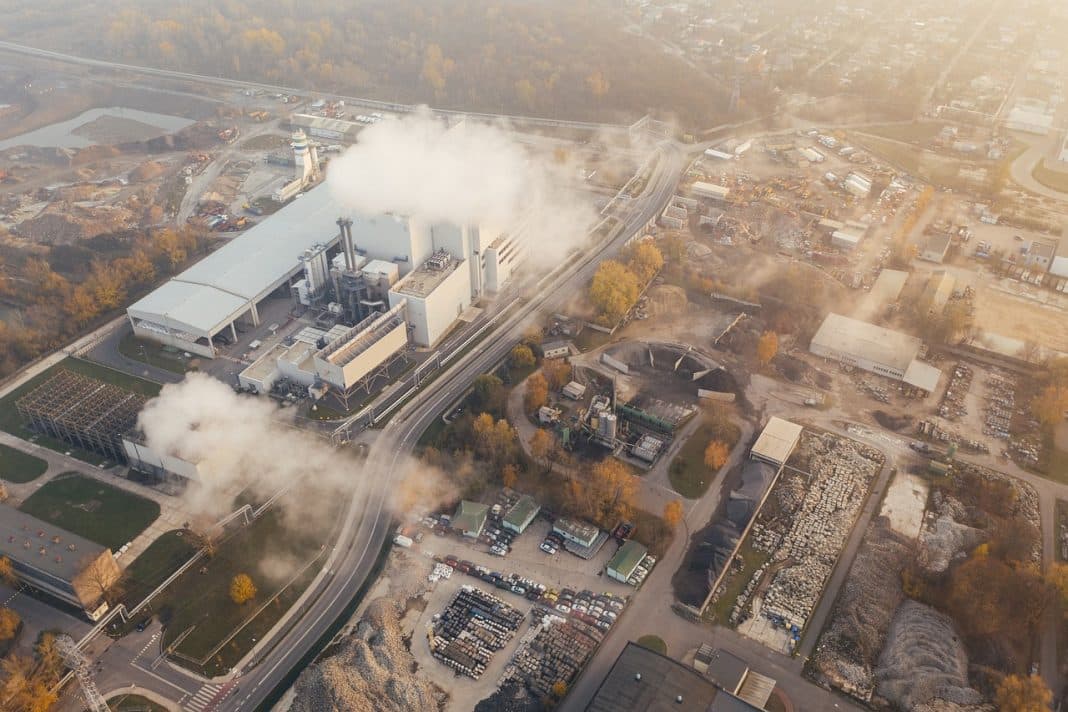Australian gas producer Santos has secured a network of depleted gas reservoirs for carbon storage – with the potential to keep up to 100 million metric tons. Santos can then issue carbon credits worth as much as $25M annually.
These reservoirs serve as a piece of the puzzle for Santos’ carbon project called Moomba.
Beach Energy has partnered with Santos on Moomba. The is to capture 1.7 million metric tons of carbon each year. So, the storage option proposed could last more than 50.
They expect to start in 2024.
How does carbon capture and storage (CCS) work?
Carbon capture is when carbon is collected from the atmosphere and then reused or stored. The technology behind it is quite complex.
While governments and industries support carbon capture and storage, it is only just starting to pick up steam. This is mainly due to the high cost.
As such, once the technology becomes more accessible, CCS will continue to grow.
“[Carbon capture and storage] is a critical technology to achieve the world’s emission reduction goals, and we only have to look at current carbon prices to see how valuable 100mn tons of storage is,” chief executive Kevin Gallagher said in a statement on Tuesday.
What are carbon credits?
For every carbon credit purchased on the carbon markets, one metric ton of carbon is offset through an environmental project.
The Santos capture and storage project qualifies.
Santos can claim one Australian carbon credit for every ton of carbon they capture and store. They could then sell the credits for A$17 (US$12) per ton, which the Australian government would then retire, or sell them privately.
On the private carbon market, ACCUs are going for more than A$55 (US$39).
Santos can capture and store carbon at Moomba for $24 a ton if prices stay where they are now – though many expect carbon prices to continue to increase over the next several years.


